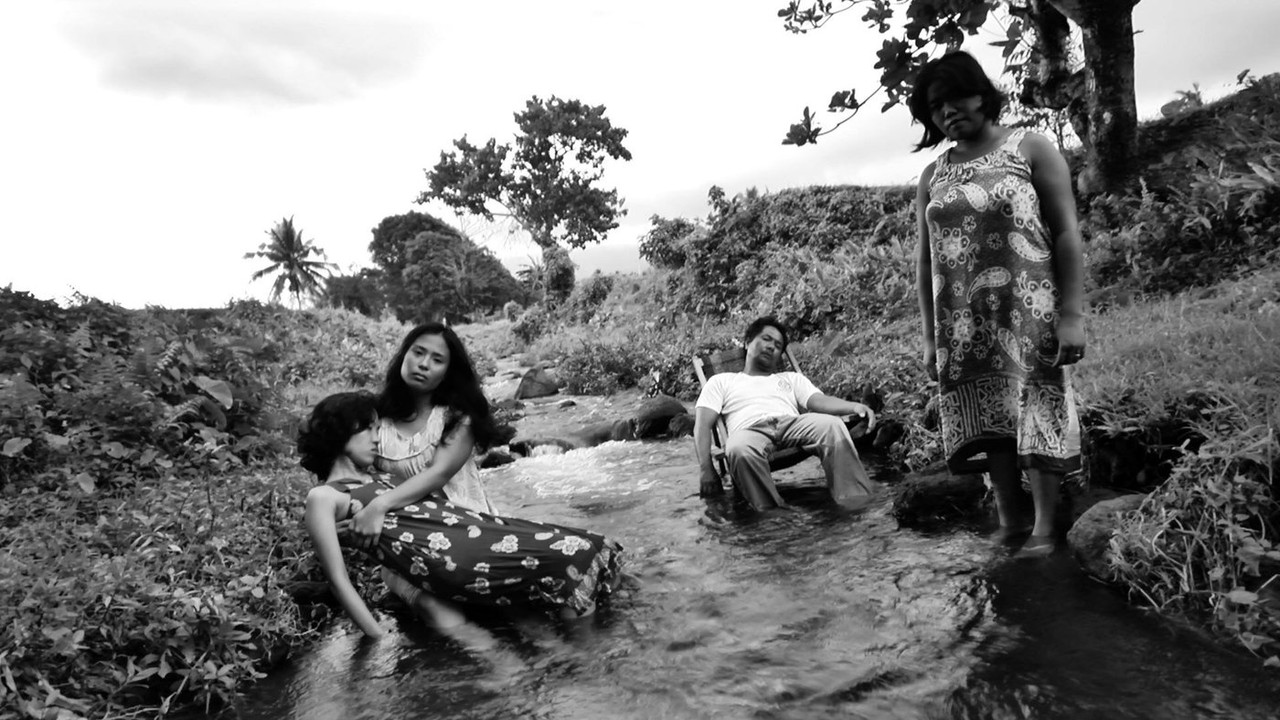“We Malays, we Filipinos, are not governed by the concept of time. We are governed by the concept of space. We don't believe in time. If you live in the country, you see Filipinos hang out. They are not very productive. That is very Malay. It is all about space and nature. [...] In the Philippine archipelago, nature provided everything, until the concept of property came with the Spanish colonizers. Then the capitalist order took control. [...] The concept of time was introduced to us when the Spaniards came. We had to do oracion [pray] at six o'clock, and start work at seven. Before it was free, it was Malay.”Florentina Hubaldo, CTE (Lav Diaz, 2012)
Jul
29
International Day of the Tropics

A small river in the outskirts of the jungle. A young woman sits in the water cradling an older woman, like a Pietà. A man, in the same water, is slumped in a wooden chair. A third woman is standing there, looking at us, her head slightly tilted. DP: Lav Diaz.
A film set in a tropical location for the International Day of the Tropics
– Lav Diaz, via
2010s
“There's no clue to the identify of Franz Kindler; except one little thing. He has a hobby that almost amounts to a mania: clocks.”The Clock (Christian Marclay, 2010)
Dec
31
Hogmanay

Prof. Charles Rankin (Orson Welles) during the climax in The Stranger (1946). The clocktower strikes midnight. DP: Russell Metty.
Midnight: it's Hogmanay in Scotland.
– Mr. Wilson
The Clock takes place over – and lasts – 24 hours, with each moment either being shown in a film still or mentioned by characters during a scene. In total, there are over 12 000 scenes edited into Marclay's tour de force.
行者 [Jingang Jing / Walker] (Tsai Ming-liang, 2012)
Dec
8
बोधि

The monk (Kang-sheng Lee) walking Hong Kong. DP: Tsai Ming-liang.